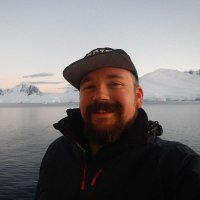
Kevin Kocot
@kmkocot
Assoc. prof. at @UaDeptBSC & curator at @UAMNH. #invertebrates #aplacophora #systematics #genomics #blacktshirts #beer #faceblindness. He/him/his. 🏳️🌈
ID: 475351610
http://www.kocotlab.com 26-01-2012 23:40:33
5,5K Tweet
3,3K Takipçi
2,2K Takip Edilen
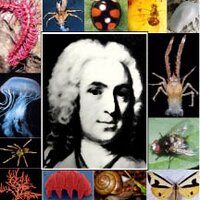
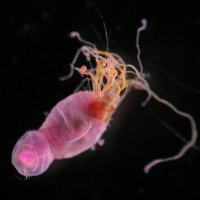
📢JOB ALERT! The SMS Benthic Ecology Lab is looking to hire an independent research technician contractor. Interested in applying? Visit naturalhistory.si.edu/research/smith… to see the full job description. Applications should be sent to Holly Sweat ([email protected]) by 5pm on 2/21/25.


Life in the world’s deepest seas: The challenge of finding 1,000 new marine species by 2030 theconversation.com/life-in-the-wo… via The Conversation ES
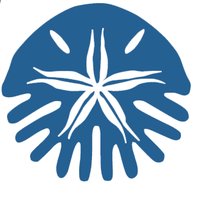


At least 58 species new to science and an altogether remarkable diversity found in the methane seeps on the Pacific margin of Costa Rica! News story by IFLScience on a recent ZooKeys study iflscience.com/over-50-new-sp…

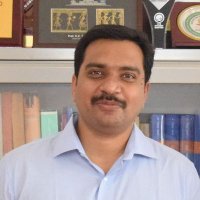
Delighted to share our article! Molecular Biology and Evolution. Congrats Rohan Nath Biswajit Rakesh Raj. Analysing 238 genomes, we delineate Class-A GPCRs likely adapted for chemoreception across diverse lophotrochozoans. Society for Molecular Biology and Evolution IISER Berhampur Evolutionary Genomics. academic.oup.com/mbe/article/do…

Happy Valentine's Day! ❤️ ICYMI: our #IcyInverts team will be blogging during the NBP25-01 cruise to the Ross Sea, #Antarctica. Check it out to see the amazing animals we 🫶 at icyinverts.com #Peracarida #SweatTheSmallStuff UA Dept. of BSC Alabama Museum of Natural History NMNH Invert Zoology SICB Division of Invertebrate Zoology


I’m thrilled to share our new publication, "Centering Inclusivity in Invertebrate Fieldwork: An Argument for Modernizing Malacological Practices," in the American Malacological Society (AMS) journal American Malacological Bulletin! DM me if you don't have access and would like a PDF. bioone.org/journals/ameri…



Today's #IcyInverts blog post is about our efforts to take the best possible photos of live animals and meticulous data recording for each specimen. icyinverts.com/shipboard-blog2 Alabama Museum of Natural History DigInverts iDigBio GBIF @biodiversity.social/@gbif U.S. National Science Foundation #Peracarida #ConfusingCrustaceans #SweatTheSmallStuff


Excited to share a new publication for young scientists! "Life Among the Sand Grains" is a review paper that digs into the hidden world of meiofauna - now published in Frontiers for Young Minds! Will Ballentine 🏳️🌈 Meghan Yap-Chiongco Ken Halanych kids.frontiersin.org/articles/10.33…

[New Paper] is on the COVER of Science Magazine !! The FIRST genome-phylogeny of MOLLUSCS complete with ALL classes —including the mythical "living fossil" Monoplacophora— reveals how they evolved the most diverse body forms of all animals! Read for FREE: doi.org/10.1126/scienc…
![C. Chen @ Jamsteeeec (@squamiferum) on Twitter photo [New Paper] is on the COVER of <a href="/ScienceMagazine/">Science Magazine</a> !!
The FIRST genome-phylogeny of MOLLUSCS complete with ALL classes —including the mythical "living fossil" Monoplacophora— reveals how they evolved the most diverse body forms of all animals!
Read for FREE: doi.org/10.1126/scienc… [New Paper] is on the COVER of <a href="/ScienceMagazine/">Science Magazine</a> !!
The FIRST genome-phylogeny of MOLLUSCS complete with ALL classes —including the mythical "living fossil" Monoplacophora— reveals how they evolved the most diverse body forms of all animals!
Read for FREE: doi.org/10.1126/scienc…](https://pbs.twimg.com/media/Gk1SxlLacAA7xuT.jpg)


New pub from the Earth BioGenome Project Sample Collection and Processing Subcommittee led by mara lawniczak: "Best-practice guidance for Earth BioGenome Project sample collection and processing: progress and challenges in biodiverse reference genome creation" academic.oup.com/gigascience/ar…
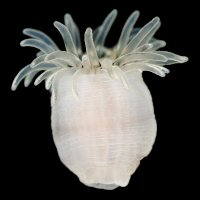




![C. Chen @ Jamsteeeec (@squamiferum) on Twitter photo [New Paper] in Progress in Oceanography reveals distribution patterns of deep-sea molluscs from Bering Sea and Aleutian Trench using 212 species (>4200 specimens) -- collected between 3500~7300 m on-board RV SONNE, "AleutBio" cruise in 2022.
OPEN ACCESS: doi.org/10.1016/j.poce… [New Paper] in Progress in Oceanography reveals distribution patterns of deep-sea molluscs from Bering Sea and Aleutian Trench using 212 species (>4200 specimens) -- collected between 3500~7300 m on-board RV SONNE, "AleutBio" cruise in 2022.
OPEN ACCESS: doi.org/10.1016/j.poce…](https://pbs.twimg.com/media/Gknjm4JbkAAhyJj.jpg)

